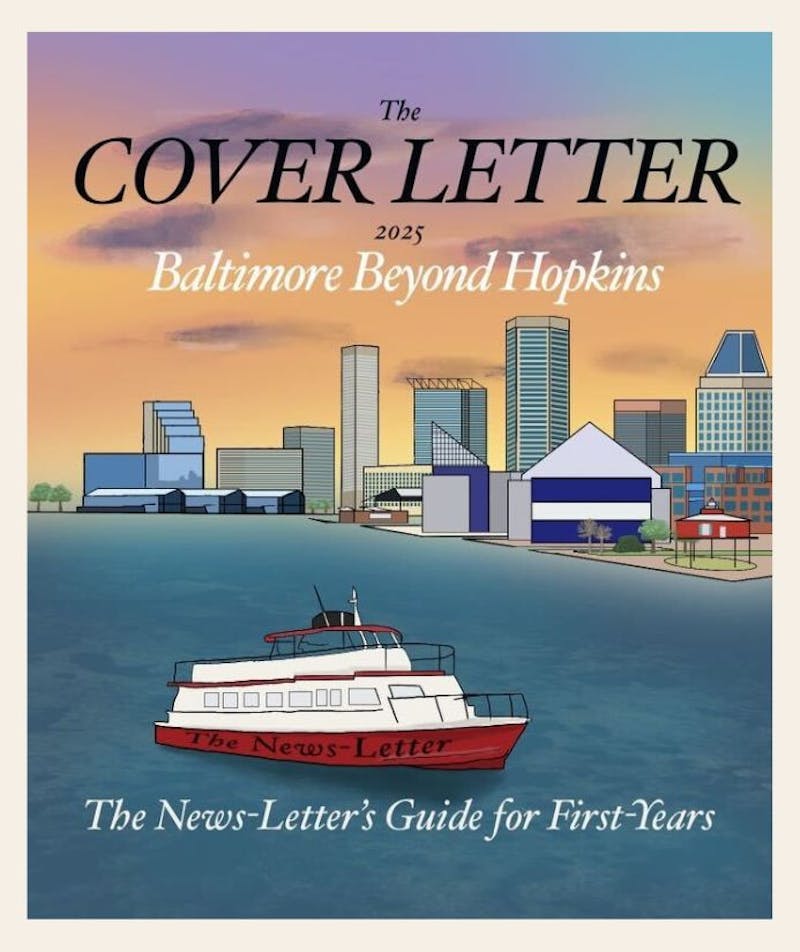This past Friday, The Peabody Institute held a Symposium on "The Role of the Arts in Urban Revitalization" in its beautifully renovated Leith Symington Griswold Hall. Among those attending the event were New York City Mayor Michael Bloomberg, Baltimore Mayor Martin O'Malley and Hopkins President William R Brody. A panel of influential members of the Baltimore City community was also present, consisting, among others, of the President of the Baltimore Development Corporation and the director of the Baltimore Center for Arts and Culture.
The symposium was an effort to bring new people and ideas into an ongoing project, which Baltimore City calls "The Creative Baltimore Initiative." The ideas for this new project are loosely based on Richard Florida's new book, The Rise of the Creative Class, which reasons that residents of the newly-dubbed "creative class" - composed of a broad population including artists, writers, students, programmers, scientists, young professionals, creative entrepreneurs and gay-lesbian-transvestite communities - are essential to stimulating growth and economic development in a city.
Before welcoming Bloomberg to the podium, President Brody gave a short speech, praising Peabody Institute Director Robert Sirota for his achievements in what he called "the most striking transformation on an urban campus," referring to Peabody's re-opening after a $26.8 million renovation project. Finally, Brody welcomed a famous Johns Hopkins alum: Michael Bloomberg.
Bloomberg's speech began with praise for the tremendous value Johns Hopkins University brings to its students, Baltimore, and the world. The real focus of his speech, however, was to bring attention to the incredible value that the arts bring to a city.
He explained that, not only are the "arts [the] vital component [to] a city's cultural life," but that they "take us to the next level [by] forcing [us] to think, and filling up [our] minds."
He continued by addressing the importance of educating students in the arts with the incentive of developing an appreciation for them, if nothing else.
Mayor Bloomberg did not fail to bring up financial questions, recognizing the value of public philanthropy, yet stressing the importance of private donations. "Nothing can ever be done without private philanthropy ... everyone must work together." He used George Peabody's philanthropy as an example, commenting on the admirable results of Peabody's actions more than a century ago. In concluding his speech, Bloomberg was able to leave the hall with a resounding message: great cities recognize the impact of the arts to every element of city life, and the lives of their citizens.
After Bloomberg's departure, accompanied with admiring applause, Adam Gordon, Editor-in-Chief of The Next American City led a discussion among the panelists. Surprisingly, the issues that were brought up were not restricted to the economic aspects of the major plans, but also pertained to cultural and social benefits that such a project can bring to Baltimore.
Expanding upon public art and culture, building parks, creating a Citywide Music Festival and market towards the gay community were only a few of the viable ideas brought out during this symposium. The panel raised the possibility of transforming Baltimore into a twenty-four hour, smoke-free city - something which would take a significant amount of time and effort on the part of local legislators. One of the ideas that seemed to strike a chord among those who attended was the creation of an "Arts Shuttle" that would transport residents, employees and tourists to and from various cultural institutions throughout Baltimore.
Baltimore City Mayor Martin O'Malley closed the symposium with a speech about Baltimore's current condition in relation to future hopes, reiterating the ideas that had been brought up during the symposium. For once, the role of arts in society is being appreciated, and possibly used to a greater capacity. It looks like there is going to be some major changes going on in Baltimore.


